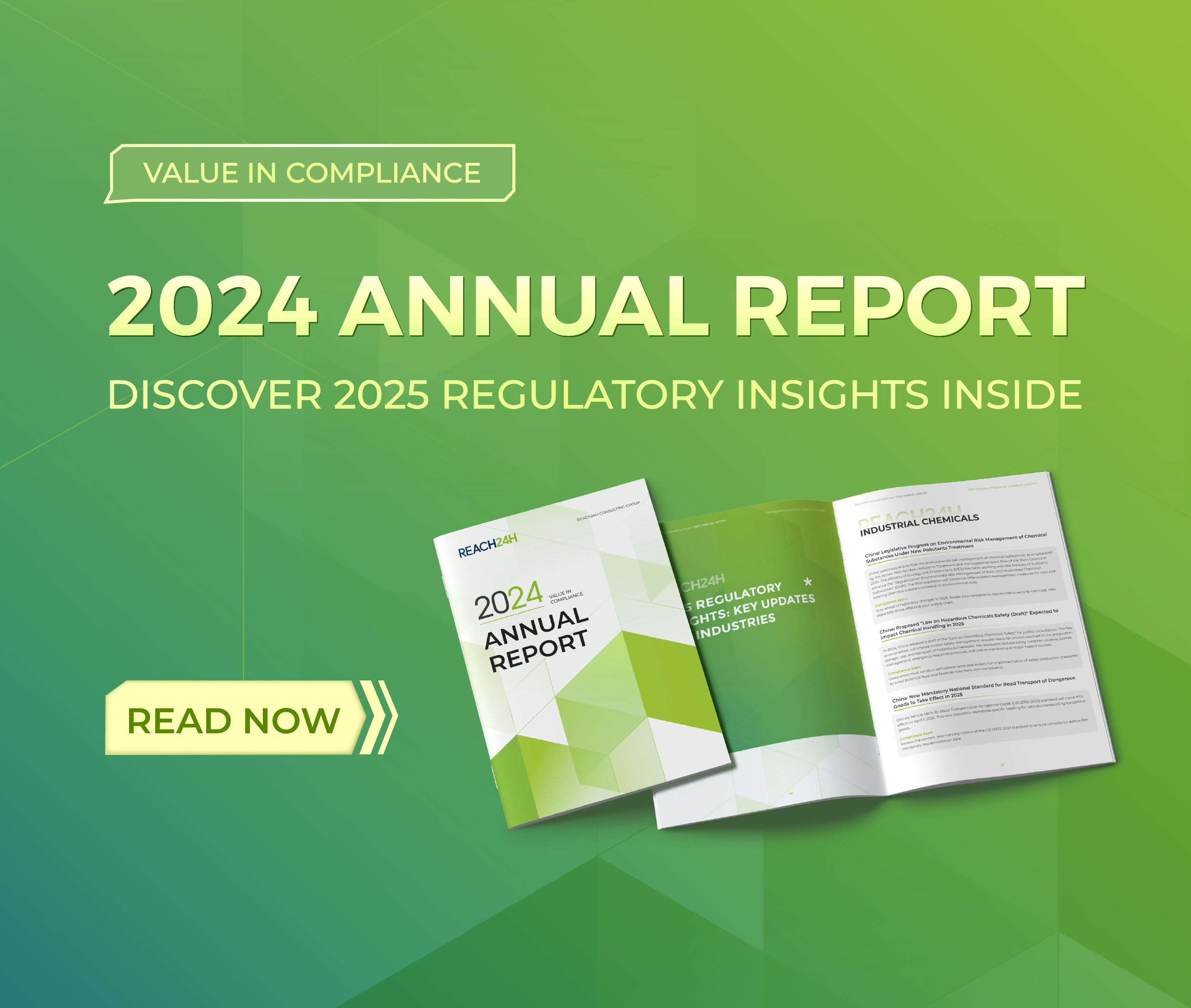Key Considerations for Pesticide Mixed Preparations in China
In agricultural cultivation, the continuous use of a single pesticide variety or varieties with similar modes of action has led to an increase in the resistance of pests, diseases, and weeds to these pesticides. As a result, the use and registration of mixed preparations have been on the rise. In order to strengthen the management of mixed preparations pesticides, the Institute for the Control of Agrochemicals, Ministry of Agriculture and Rural Affairs, P.R.China, has recently issued a number of regulations and review principles.
This article summarizes the key considerations for the selection of mixed preparations as follows:
Purpose of Mixed Preparation Pesticides
The purpose of mixed preparations is to achieve better control of pests, diseases, and weeds that are difficult to manage, delay the development of resistance, improve efficacy, and reduce usage costs. When selecting pesticide varieties and target pests for mixed preparations, it is essential to clearly define the purpose of the mixture.
Policy Regulations on Active Ingredients
- Mixed preparations should contain a maximum of two active ingredients. However, herbicides, seed treatment pesticides, and pheromones can have up to three active ingredients.
- For mixed preparations with the same active ingredients and formulation type, the ratio should not exceed three. The difference in the ratio of active ingredient content compared to similar registered products should not be less than 1.
- The same applicant cannot apply for mixed preparations with the same active ingredients and scope of use but different ratios.
Principles for Mixed Preparation Pesticides
- Insecticides should not be mixed with fungicides.
- Herbicides should not be mixed with other types of pesticides.
- Chemical pesticides should not be mixed with botanical pesticides.
- Plant growth regulators should not be mixed with insecticides or fungicides to form seed treatment pesticides.
- When insecticides or fungicides are used as seed treatment pesticides, they can be mixed solely for the purpose of expanding the control spectrum. However, in other situations, mixing solely for the purpose of expanding the control spectrum is not allowed.
- Pesticides with the same mode of action should not be mixed.
- Mixed preparations containing metalaxyl-M should not be registered for controlling the bakanae disease or sheath blight of rice.
Considerations for Selection
- Maintain the ratios of mixed preparations formulations within the validated ratios from laboratory bioactivity screening tests.
- Ensure that the laboratory bioactivity screening method aligns with pesticide characteristics.
- Mixed preparations should demonstrate a significant synergistic effect on control efficacy compared to single pesticides.
- Consider the safety of herbicides and plant growth regulators on target crops when mixing them.
- Evaluate the environmental risks of new formulations, scopes of use, or methods of use, as certain varieties may pose unacceptable risks to birds, bees, aquatic ecosystems, soil organisms, or groundwater.
Contact REACH24H
As a compliance consulting company with extensive experience in the Chinese pesticide market, REACH24H can provide valuable assistance to companies seeking to register mixed preparations in China. Contact us to learn more about how we can help you navigate the pesticide registration process in China.
Tel: +86 400 809 5809
Email: customer@reach24h.com


